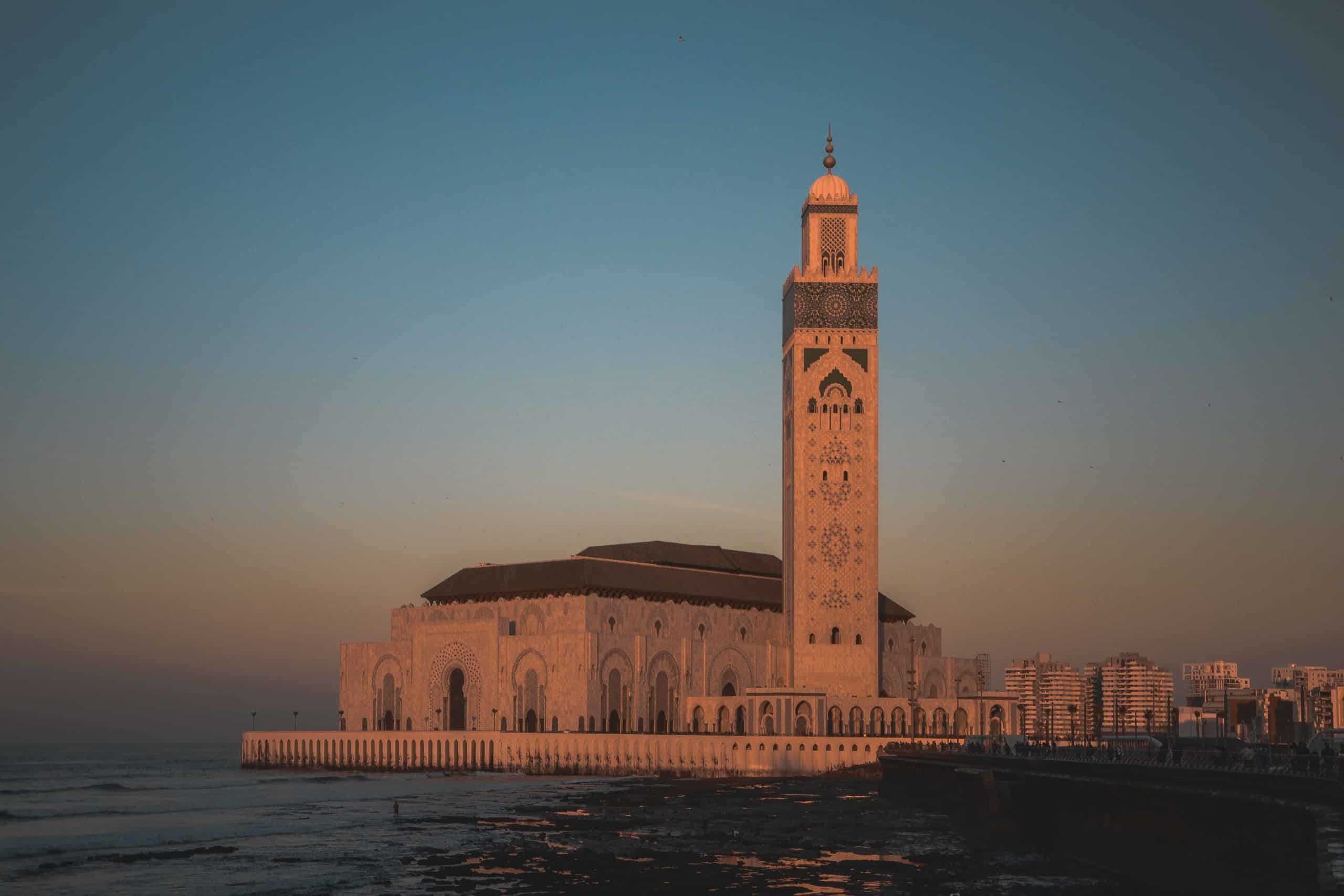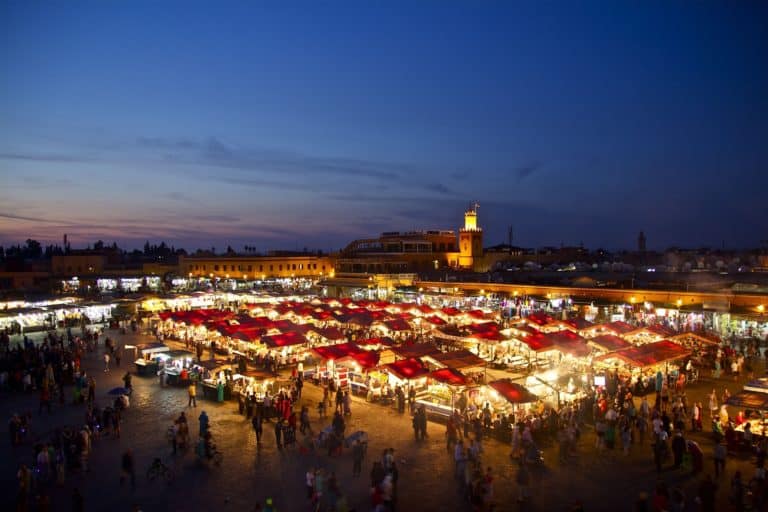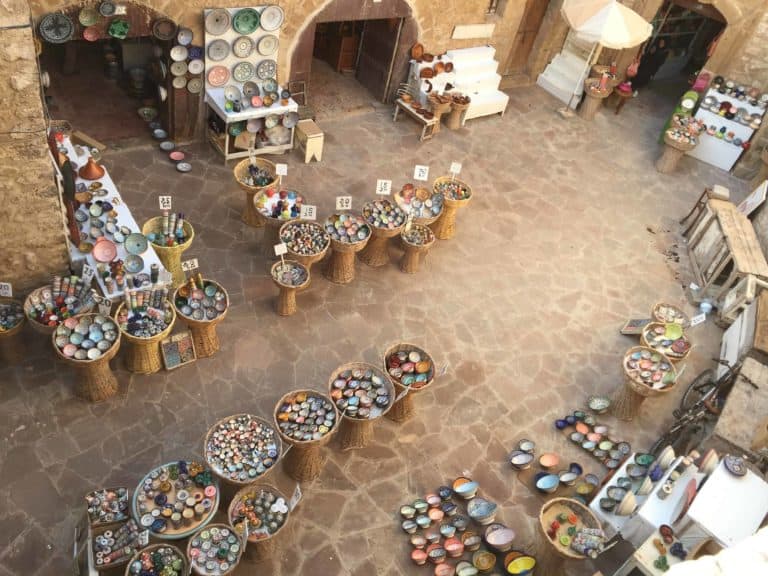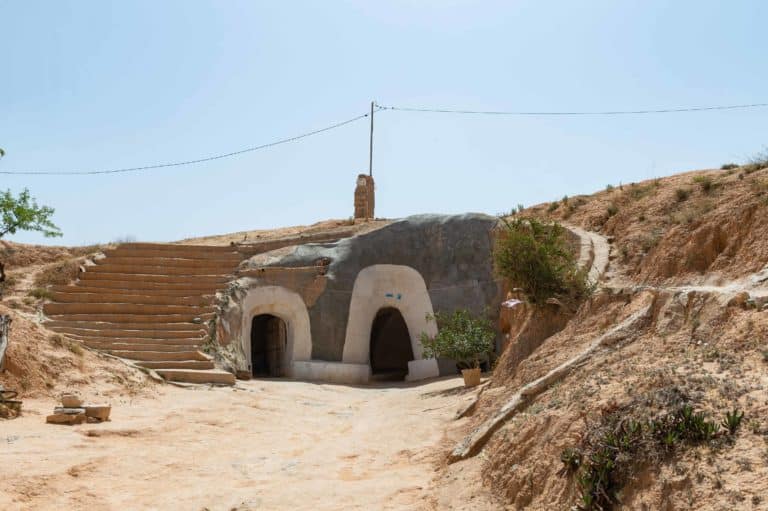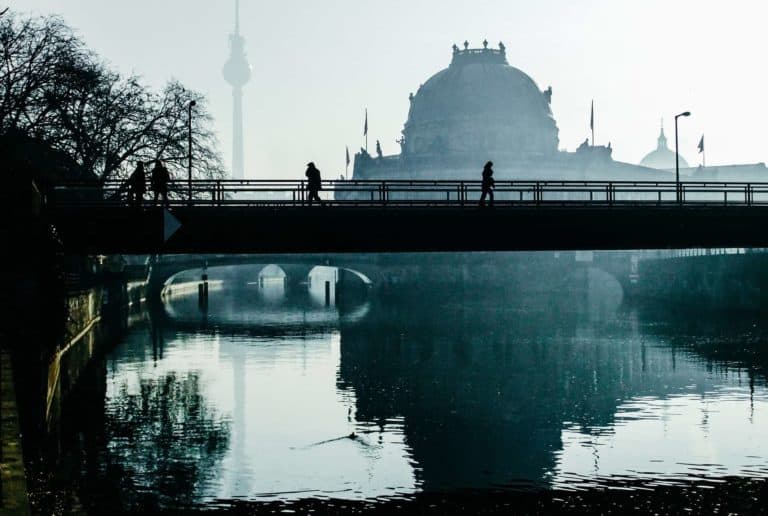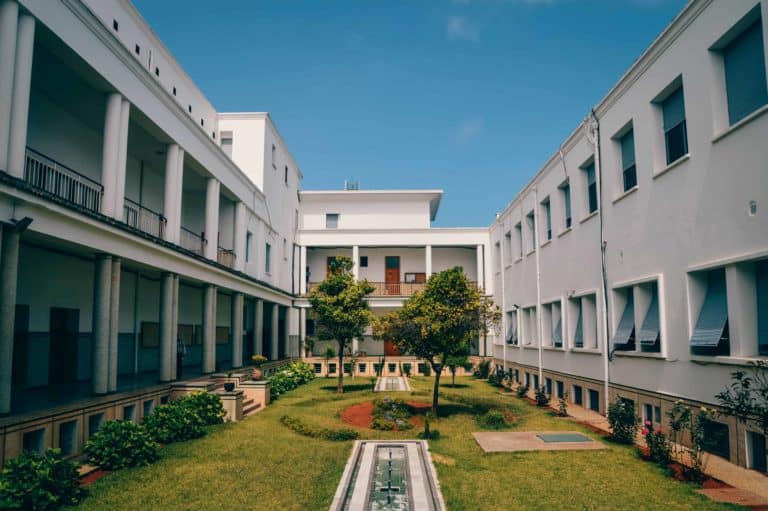The stunning architecture of Moroccan mosques
Morocco is known for its unique blend of various architectural styles, influenced by a variety of cultures including Arab, Islamic, Andalusian, and Berber. Moroccan mosques are particularly noteworthy for their stunning designs and intricate details, which reflect the rich cultural and religious heritage of the region.
The mosque is an essential part of Islamic culture, serving not only as a place of worship but also as a center of community and learning. The design and construction of a mosque is a complex and symbolic process, meant to reflect the Islamic faith and its traditions.

One of the most striking features of Moroccan mosques is their minarets. These tall, slender towers serve as a visual reminder of the importance of prayer in Islamic culture, and often serve as a landmark for the surrounding community. The minaret is also used to call the faithful to prayer several times a day, with a muezzin (a person appointed to lead the call to prayer) standing at the top of the tower to make the call.
The minaret is not just a practical feature, but also an important symbol of the mosque’s significance within the community. Moroccan minarets are typically decorated with intricate tile work, calligraphy, and geometric patterns, creating a stunning visual display against the backdrop of the surrounding landscape.
In addition to the minaret, the façade of a Moroccan mosque is often decorated with elaborate details and intricate patterns. These details serve to reinforce the spiritual and religious importance of the mosque, and reflect the Islamic faith’s emphasis on the beauty and majesty of Allah’s creation.

Moroccan mosques are also known for their impressive interiors, which feature soaring arches, vaulted ceilings, and ornate decorative motifs. The mihrab, which is a niche in the wall that indicates the direction of Mecca, is often elaborately decorated with mosaics, tile work, and intricate carving. The prayer hall, which is the central space of the mosque, is typically large and open, with rows of prayer rugs facing toward the mihrab.
The intricate tile work and decorative details found in Moroccan mosques are a testament to the country’s rich history and cultural heritage. The use of geometric patterns and calligraphy, which are typical of Islamic art, is particularly noteworthy in Moroccan mosques, reflecting the country’s Islamic traditions.
One of the most famous examples of Moroccan mosque architecture is the Hassan II Mosque in Casablanca. Completed in 1993, the mosque is one of the largest in the world and can accommodate up to 25,000 worshippers. The exterior of the mosque is adorned with intricate tile work and calligraphy, while the interior features a soaring prayer hall and a breathtaking glass floor that allows visitors to see the Atlantic Ocean below.
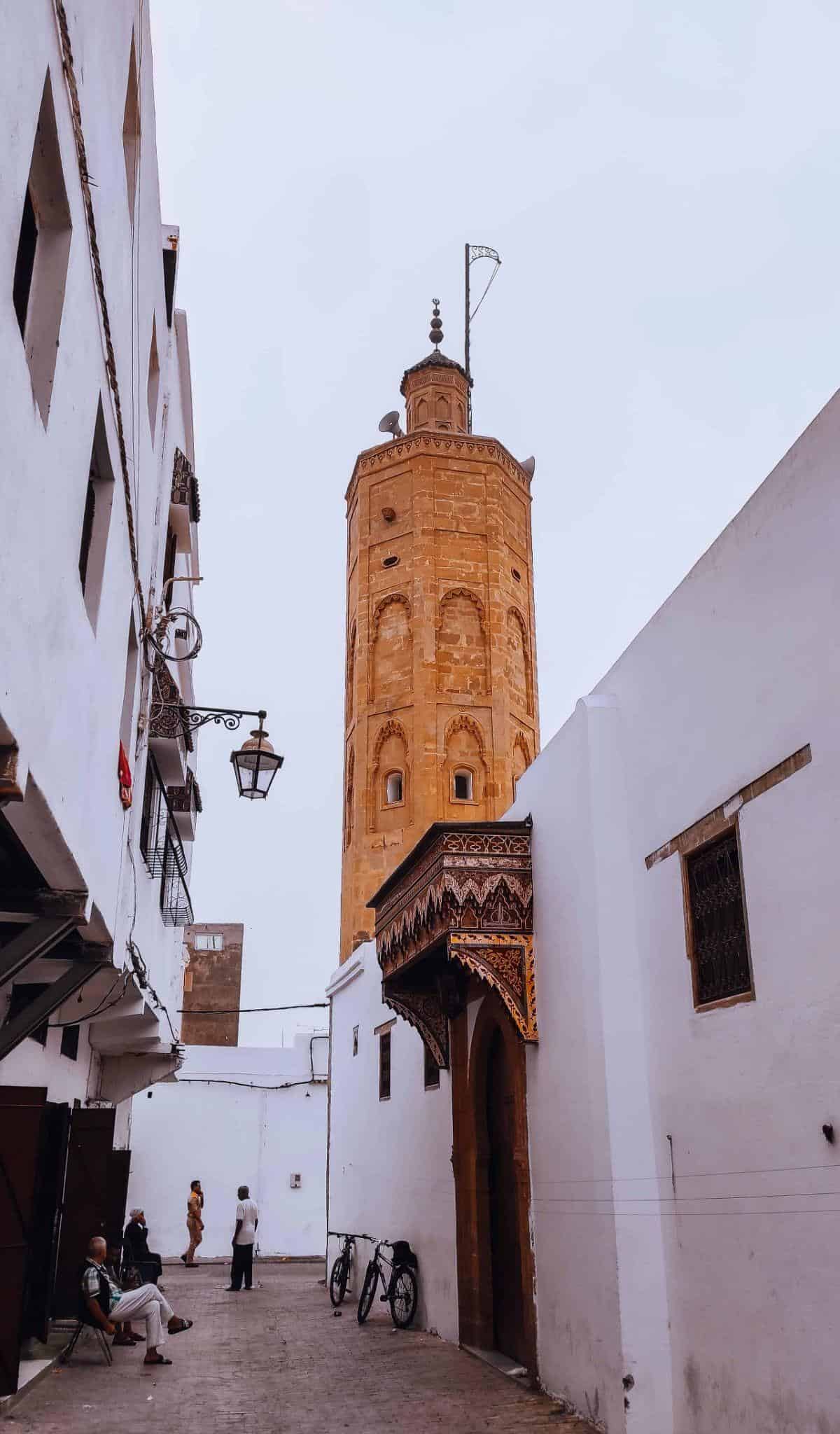
Another notable example of Moroccan mosque architecture is the Koutoubia Mosque in Marrakech. Built in the 12th century, the mosque is famous for its tall minaret, which stands at over 220 feet tall. The mosque’s exterior is decorated with intricate geometric patterns, while the interior features a beautiful prayer hall with horseshoe arches and decorative tile work.
Moroccan mosques are not only stunning examples of architecture, but also serve an important role in the community. They provide a place for people to come together for worship, community events, and educational activities. The design and construction of a mosque is a reflection of the Islamic faith and its traditions, and the mosques of Morocco are a testament to the country’s rich cultural heritage and religious significance.


